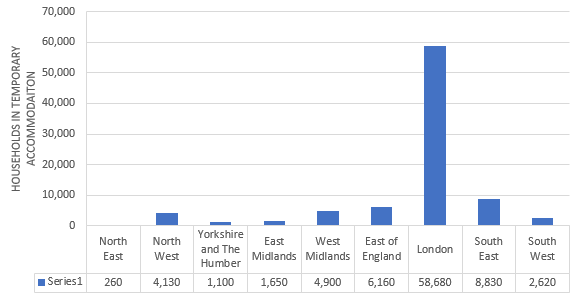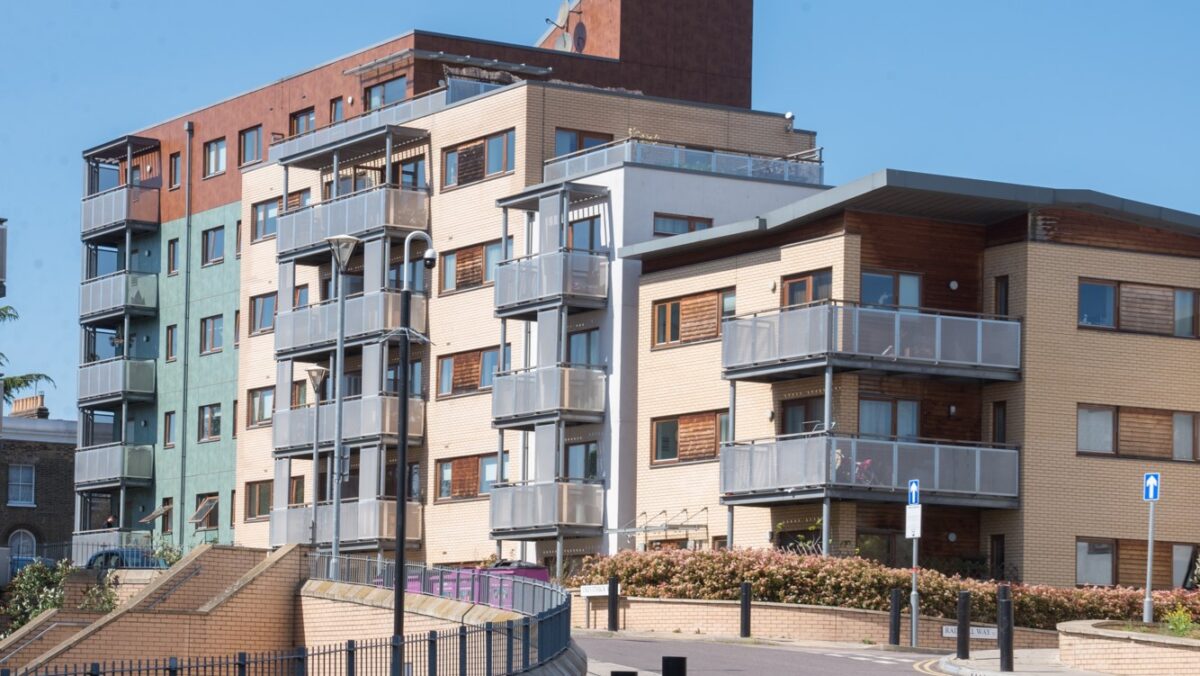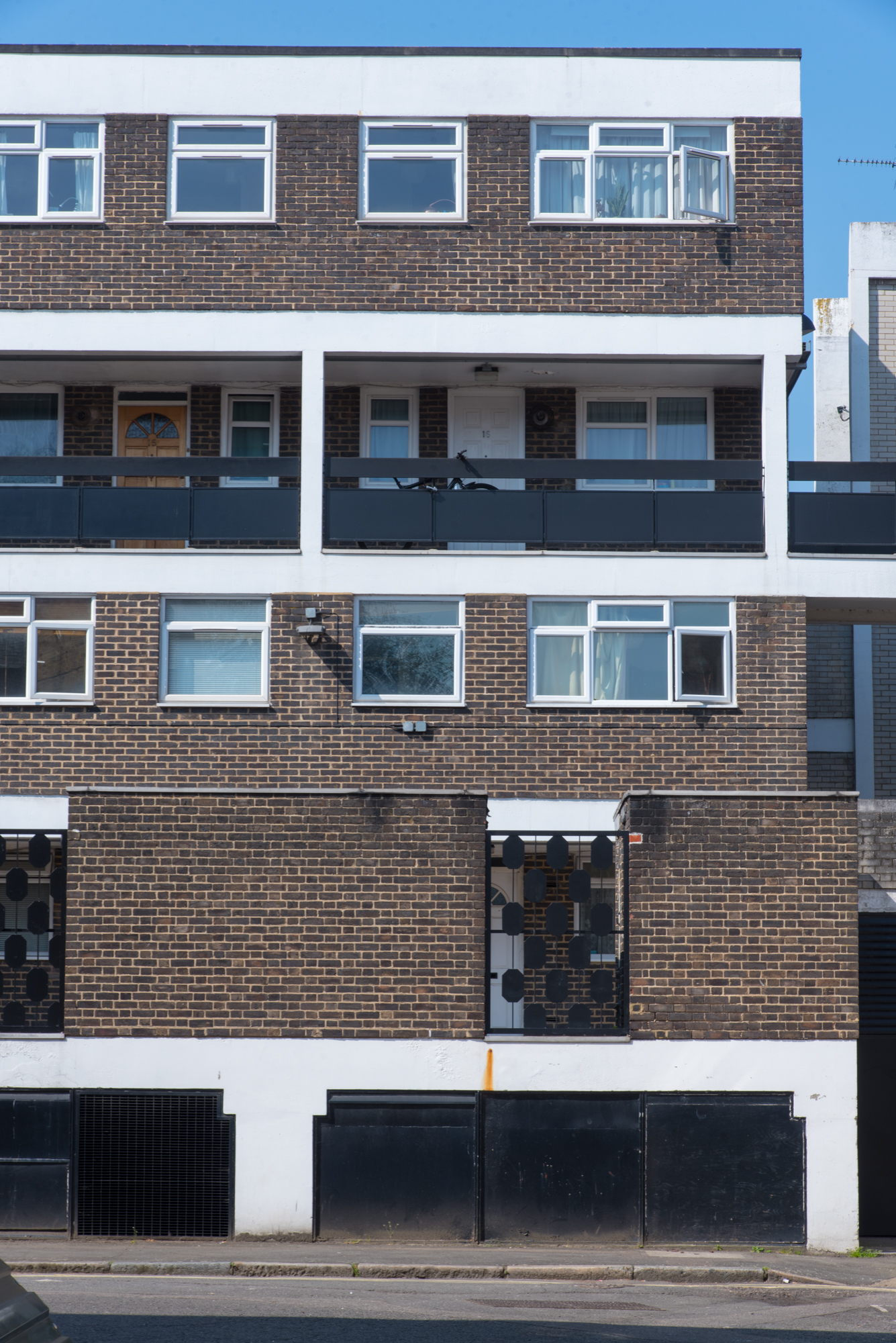With the Tories on the proverbial housing policy ropes, Labour must continue to focus on progressive policies that result in more support for households at lower parts of the income distribution. To roll with the punches Labour must call for an increase in the Local Housing Allowance (LHA) to the median 50th percentile, scrap the discriminatory age restrictions to the Shared Accommodation Rate (SAR), and put those most in need at the heart of any emergency coronavirus plan and comprehensive vision for the future.
Shelter have announced we have a public health crisis on top of an already existing housing emergency. This is because millions of tenants, whether they be private, social, or intermediate, are presently not working due to the fact society has lost confidence in our ability to move around without catching a killer infection. This has happened in the middle of an existential housing emergency that has been significantly exacerbated by the Tories over the past decade.
Vicky Foxcroft, Lewisham Deptford MP, brutally exposed this in the Commons in Julylast year:
“Local housing allowance is supposed to cover the lowest 30% of market rents, but research by Shelter found that that is not possible in 97% of England. For example, in south-east London, local housing allowance will cover only the bottom 10% of rents. We have a housing crisis across the country and local housing allowance is not fit for purpose. Does the Minister agree that it must be raised to reflect the true cost of renting?”
House of Commons | Hansard | 01 July 2019 | Local Housing Allowance
Virendra Sharma, Ealing Southall MP, also explained how a staggering number of members in his constituency had a very real risk of homelessness as they struggle, month after month, to make up the shortfall between their rent and the level of LHA.
For example, a single young person under the age of 35 in Ealing Southall would have found just 1% of shared properties affordable with the SAR available in 2018. A family with children looking for a two-bedroom property would find the LHA rate covered just 6% of the private market. This would mean they would have to find an extra £150 per month to afford a property within the cheapest third.
In 2019, 88,330 households in England found themselves living in temporary accommodation, a figure tragically up from 48,010 in 2010. That is equivalent to the size of a town like Grimsby, Guildford, or St Albans often having to live in bed and breakfast accommodation in the first instance, until something more suitable can be found.
Figure 1: Total Number of Households in Temporary Accommodation 31st December 2019

The Tories have at least attempted to unwind the horrendous consequences of their own bad policy through reforming “no fault” evictions, removing Section 21 of the Housing Act 1988, and making changes to the grounds for possession. Yet much of this will be a mere sticking a plaster over what are much deeper structural issues, with pressure on the housing benefit system having been exacerbated from years of weak wage growth and domestic price rises
The severity of the impact on households’ living standards has been to an extent normally associated with a severe recession, which has left the huge shortfalls between LHA and the true cost of renting one borne by the poorest. The result has left the country ill-prepared to face such a crisis, particularly as it braces itself for the biggest economic slump in over 300 years. This was not what Labour had it mind when it introduced LHA back in 2008 following evidence based research.
After an initial three-year pathfinder Labour set the LHA rate at the median 50th percentile of the local private market. Shared Accommodation Rates were applicable for those under 25, which meant that single claimants under 25 were forced to share with others rather than live on their own. It had an aim to give a flat fair allowance for the local area and enabled people to have choice. LHA was argued to increase incentivisation to work, namely through greater clarity of in-work benefits, and most importantly it was simple.
LHA was slashed in 2011 to the 30th percentile by the Coalition government, with the Liberal Democrats crooning it in, like mice singing in the cats choir. A year later LHA rates were delinked from market rents and increases there forth capped by CPI. An uncaring cap on benefits was further introduced in 2012 following George Osborne’s famous Conservative Party conference speech where he asked “where is the fairness?”.
Three years later George Osborne thought it was still not fair enough and pushed the benefit cap even lower in his Summer Budget of 2015. He brought this alongside an extension of SAR up to the under 35s, with a 5-year freeze to LHA announced in 2016.
Turns out George’s idea of “fairness” leaves poor families with mounting debt and pushes children into deeper poverty, with many families financial circumstances having worsened following the introduction of the policy. In large part having been left with an average gap between rent and housing benefit of £3,750 per year.
That said, evidence from Crisis identified that investing in LHA rates to cover 30% would prevent 6,000 households from becoming homeless over a three year period. It would also lift 32,000 households out of poverty, which would include 35,000 children. Off the back of this research, and vociferous campaigning by Labour Party politicians the Tories buckled, and ended their very own LHA freeze one year early.
Hurrah!
Announced in January 2020 under The Social Security (Coronavirus) (Further Measures) Regulations 2020 the Government stated it would relink the LHA to the 30th percentile, which was set at the same level seen in the 2019 Labour Party manifesto.
But was this rate high enough?
The Liberal Democrats thought not. Their manifesto included a call to increase LHA in line with average rents in an area. Though fell short on whether this was the mean average, or the more robust to statistical outliers mean average. In any case nobody was going to believe that commitment with the Liberal Democrats having been the hand maiden for such cuts in the first place.
Yet their policymakers did have a point, as a move back to the average rent level for LHA is one backed by credible research. In August 2019 Crisis demonstrated a higher cost benefit could be achieved if LHA was restored to the 50th percentile rate in areas where the rates fall behind rents the most, and to 30th percentile everywhere else. The research also gave a nod to restoring all the rates to the cheapest half, which would bring the highest overall benefit. In effect restoring LHA to the progressive median average, not seen since the last Labour government, would be more equitable and more cost effective.
This begs the question why previously Labour only sought an increase to the 30th percentile when, under the previous Labour Government, the median average left fewer people choosing between eating or paying rent. Shelter have recently joining the ranks call for an increase in housing benefit to cover the cost of average rents and to lift of the benefit cap.
Labour’s recent announcements chime well. Thangam Debbonaire’s emergency five-point plan echoed such calls through laying out increases to LHA rates and an improved provision of Universal Credit. Shadow Secretary of State for Work and Pensions, Jonathan Reynolds, also called for urgent action on social security. Through a suspension of the benefit cap and removing the savings and two-child limit to Universal Credit.
At least now renters can take comfort both Labour and the experts are on their side.
Sadly, the Tories will be difficult to move on from the below average LHA rate and age discriminatory SAR policy, which will remain unfair and incredibly impudent towards those on the breadline. Yet Labour must continue to be bolder than its Tory counterparts on housing. For it to work effectively for a just society, it must call for an increase in LHA to the median 50th percentile rate, not the mean, and in the interest of fairness push for the abolishment of age discriminatory housing benefit criteria.




